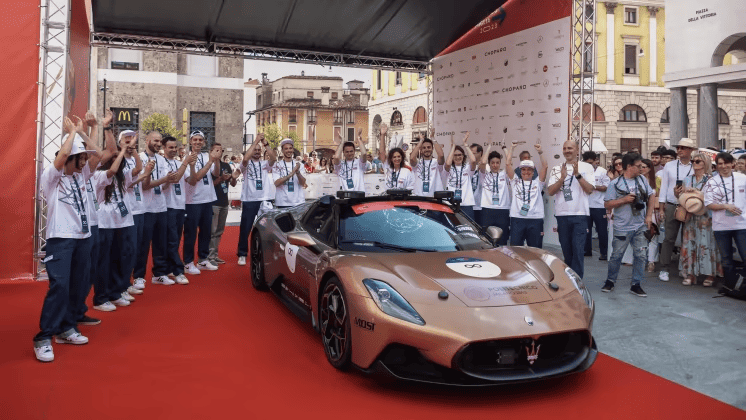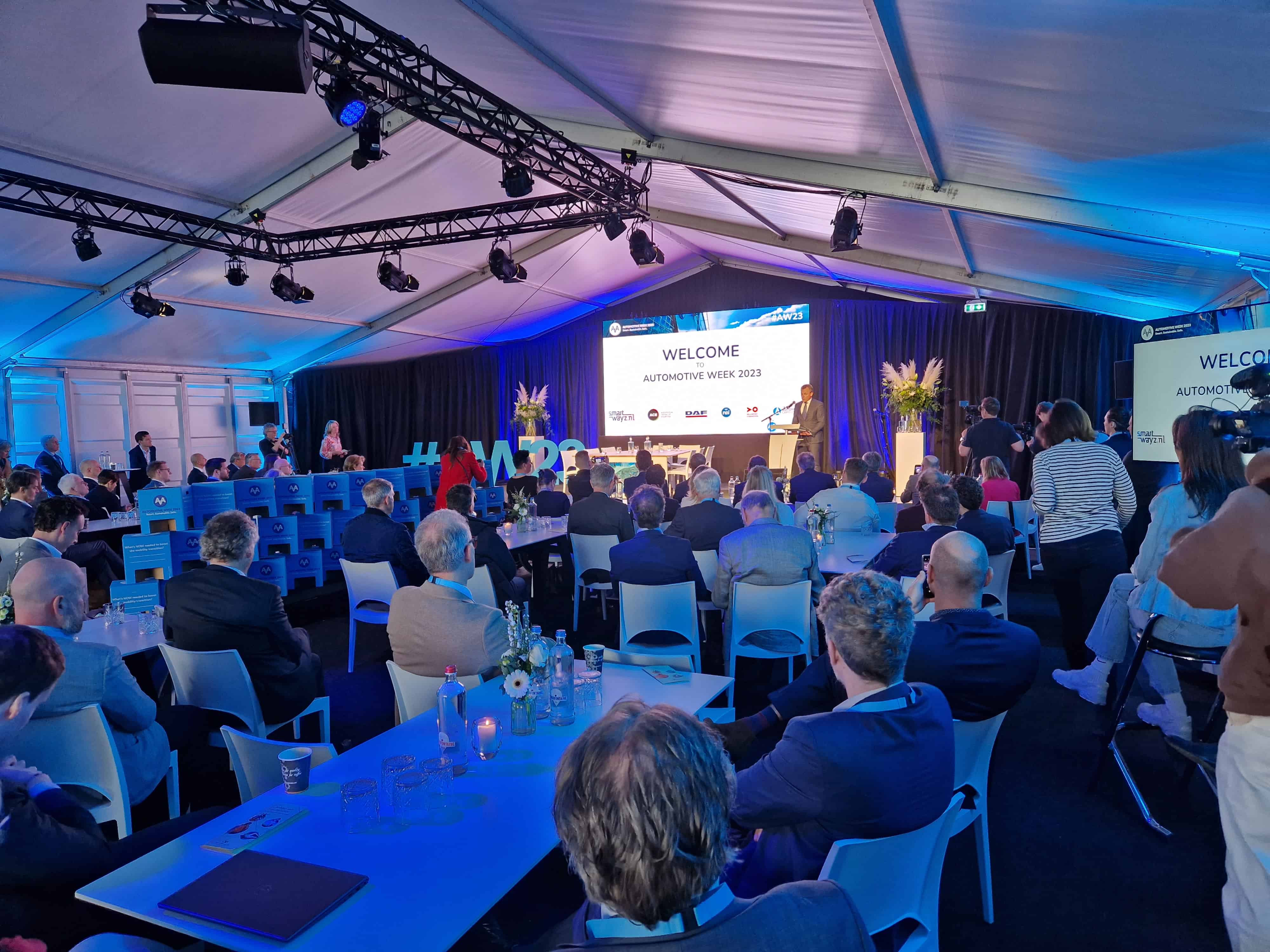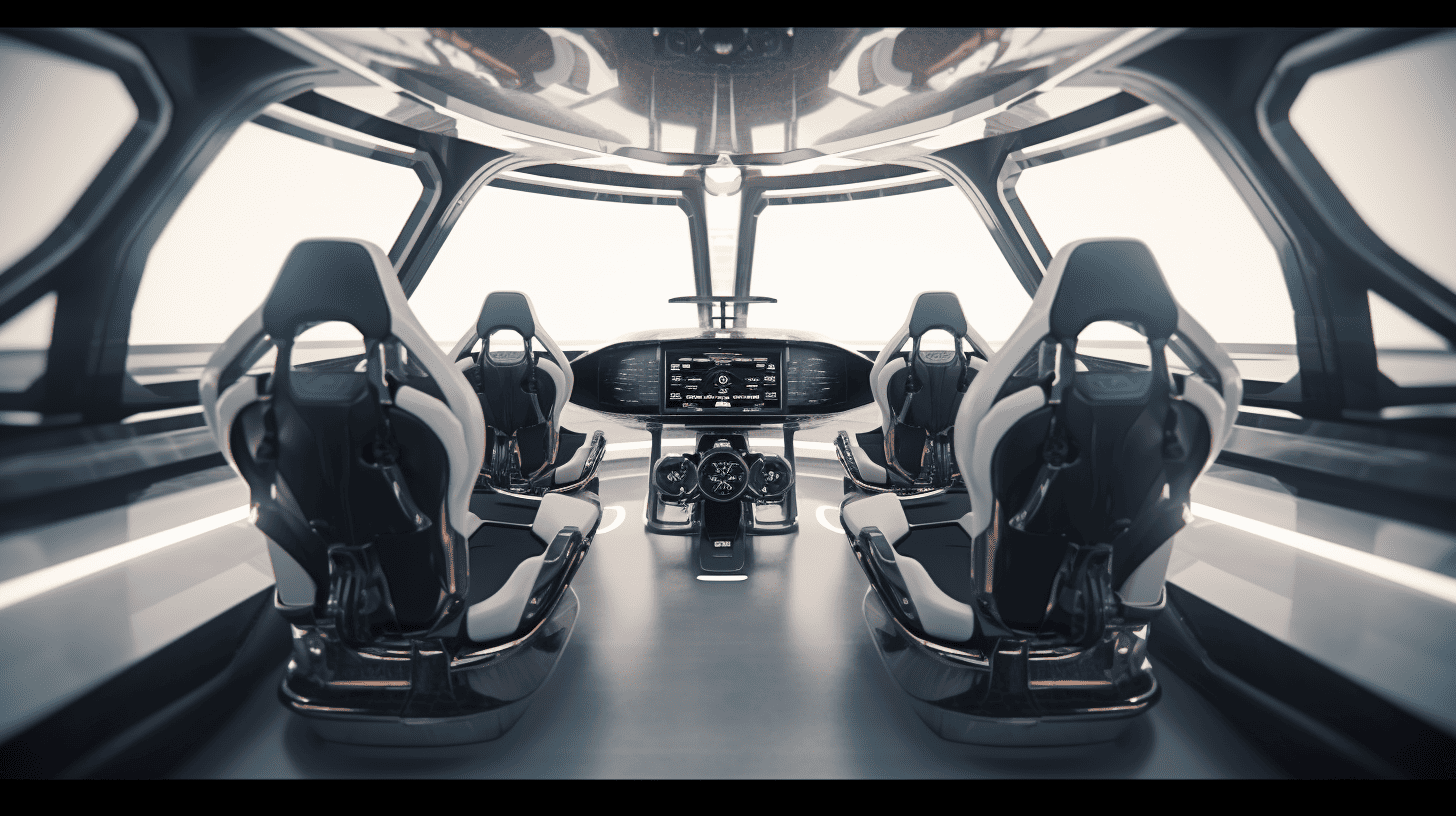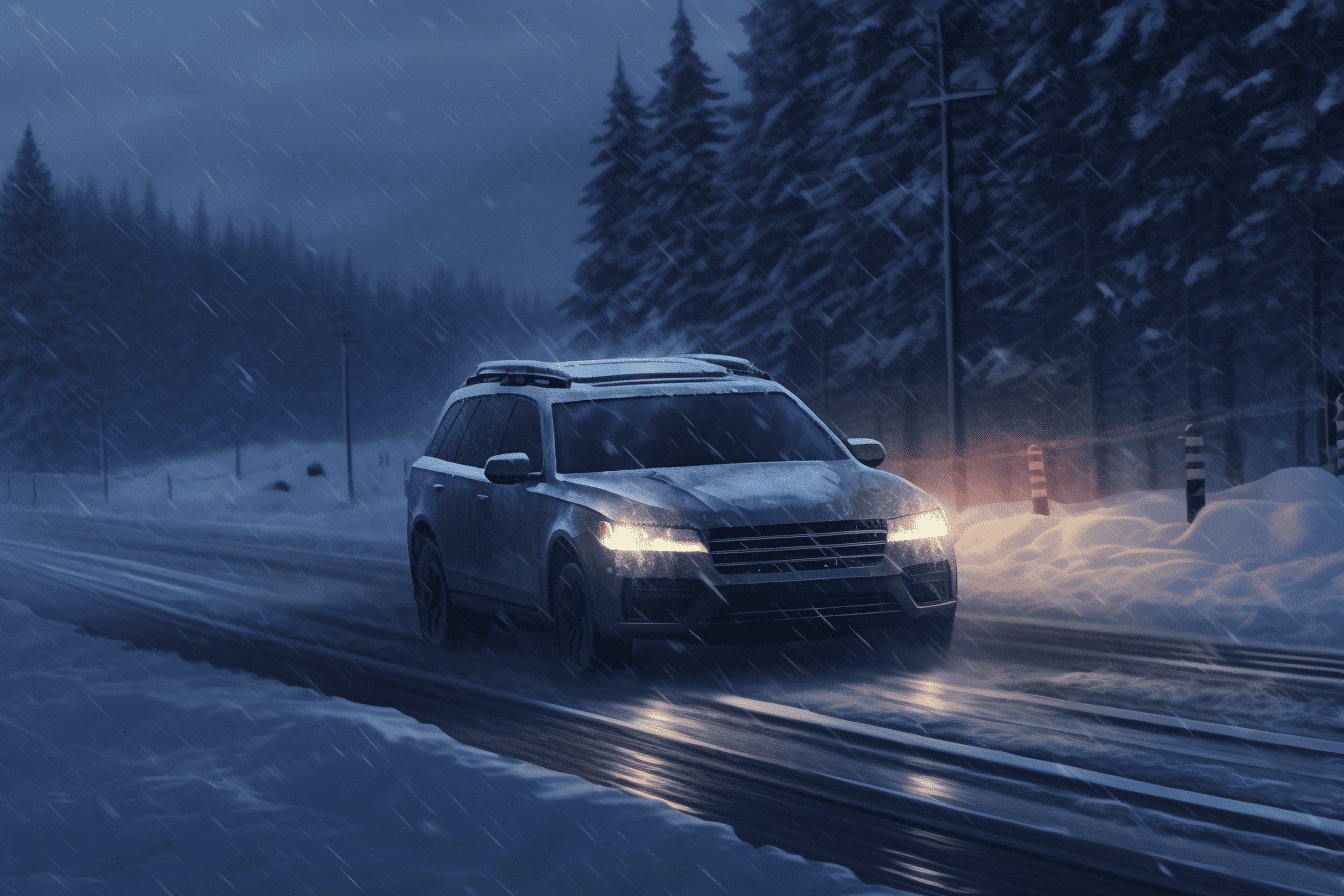
Next week, mobility experts from all over the world will come to Eindhoven and Helmond for the annual ITS Congress. That location was chosen for a reason because the number of mobility experiments and innovations is increasing almost every day there. On Sunday 2 June, the general public at the Automotive Campus in Helmond can get an impression of all the innovations that await us in the coming years. But Helmond is all but the only place for experiments. We visited Braunschweig, where the German Aerospace Centre (DLR), together with a group of partners, is investigating the ideal communication between cars, cyclists, pedestrians and the roads themselves.

Completely self-driving cars are not yet on the road, but in the not too distant future, they will lead to completely new challenges – not only for manufacturers and insurers. There will be entirely new situations, because what happens, for example, when automated vehicles and traditional ones collide with a human driver, or a cyclist, or pedestrian? Things that were previously taken for granted, such as eye contact between drivers in order to communicate about the right of way, lane changes and so forth will no longer be possible. And then what?
To solve this problem, the German Aerospace Center (DLR) and its partners in the project “Digitaler Knoten 4.0” (translating into Digital Node 4.0; DK 4.0 for short) have researched new ways of communicating between vehicles, cyclists, pedestrians and even traffic lights at inner-city intersections.

BRAUNSCHWEIG AS A TESTING GROUND
The aim of the Digital Node 4.0 project was to find out how such “mixed traffic situations” can be designed safely and efficiently. Last year, DLR and its partners worked in simulators and at road junctions of the digital test field AIM (Application Platform Intelligent Mobility) in Braunschweig on solutions for networking different road users. On 23 May 2019, the project was completed with driving demonstrations in real traffic.
According to information from DLR’s traffic research department, the scientists also investigated “concepts for cooperation and interaction within mixed traffic as well as core technologies for ‘intelligent’ intersection infrastructures, which, after evaluation in real time, provide all road users with important information”. In short, the aim was to reconcile autonomous and non-autonomous vehicles as well as people on bicycles and on foot and to develop the necessary technologies to achieve this. According to the researchers, the results of this project could be used as blueprints for future inner-city traffic junctions.
“Networked and automated vehicles, in combination with digital transport infrastructure, offer great potential for making the interaction of road users at urban road junctions safe and more efficient,” says project leader Robert Kaul of the DLR Institute of Transport Systems Technology. “The challenge for automated and networked driving lies in the complexity and dynamics of mixed traffic at urban road junctions: automated and non-automated vehicles meet cyclists and pedestrians.”

CHALLENGE LEFT TURN
Among other things, the scientists tested the communication between an automated vehicle and the traffic light at an intersection. In addition, the research vehicles had to change lanes automatically and turn left. The researchers attached particular importance to turning left, as it is at intersections where the greatest potential for conflict lies. “In automated left-turning, the participating research vehicles cooperate via vehicle-to-vehicle and vehicle-to-infrastructure communication to quickly find a safe gap through oncoming traffic.”
In order to avert the danger of accidents, the automation system is informed at an early stage of the individual whereabouts of the so-called “unprotected road users” – pedestrians and cyclists. This is done on the basis of sensor data from the special infrastructure, which provides a good overview, or from the smartphones of pedestrians and cyclists. Data is transmitted via a special WiFi or network standard.
In the DK 4.0 project, a new “cooperative intersection control concept” for turning was also tested in order to improve both traffic flow and safety at inner-city intersections: With the help of pre-signaling and pre-sorting in an intersection approach, automated and non-automated vehicles can cross the intersection area efficiently and safely, according to the scientists’ report.
DIGITAL NODE 4.0
The project “Digitaler Knoten 4.0” is funded by the Federal Ministry of Transport and Digital Infrastructure (BMVI) with a total of 5.8 million euros. The funds came from the research programme for automation and networking in road traffic. In addition to DLR as consortium leader, the project involved AVL Software and Functions GmbH, NORDSYS GmbH, Oecon Products & Services GmbH, OFFIS – Institut für Informatik, SCHLOTHAUER & WAUER GmbH, Braunschweig Technical University with the Lower Saxony Automotive Research Centre (NFF) and Volkswagen AG.







